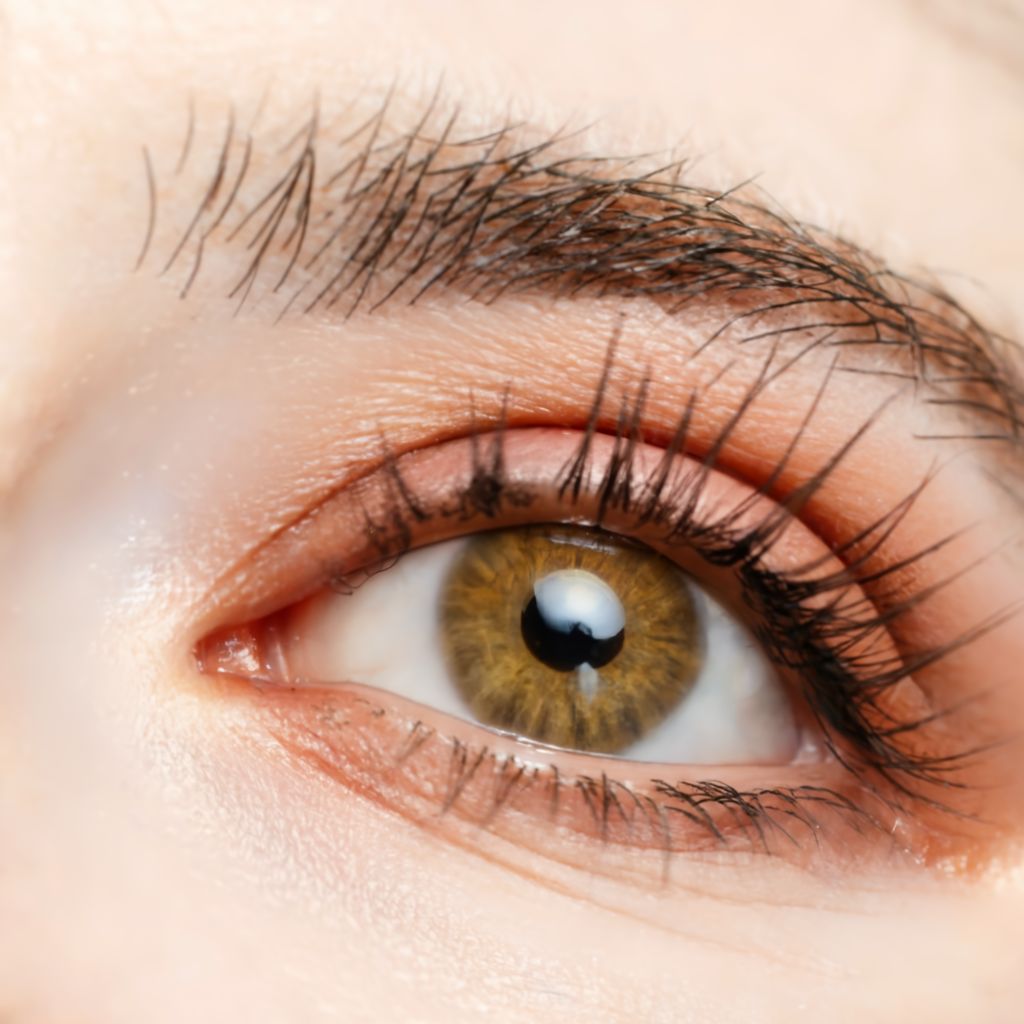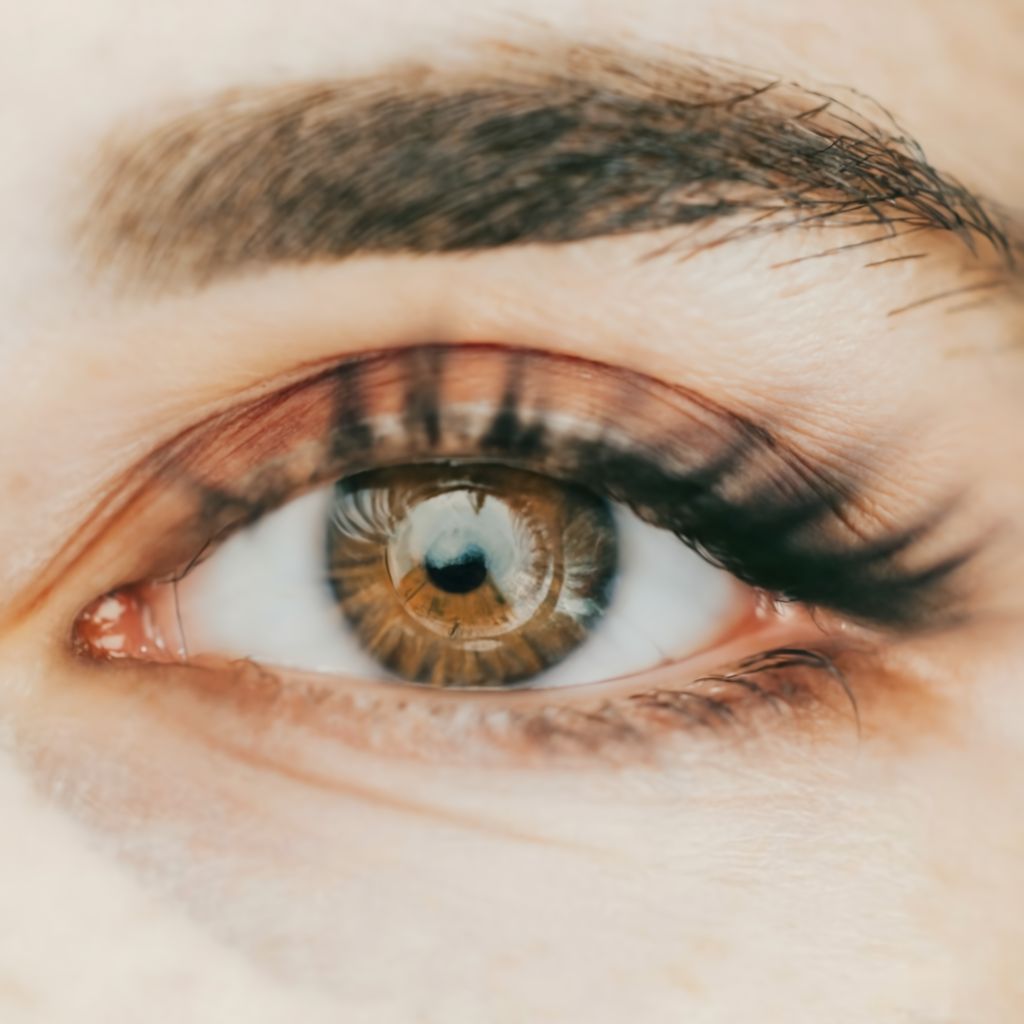Eye lenses, commonly referred to as contact lenses, are thin lenses placed directly on the eye’s surface. They are used to correct vision, for cosmetic reasons (such as to change eye color), or for therapeutic purposes. The concept of contact lenses has evolved significantly since their inception, offering a variety of types to meet different needs and preferences.

Contents
Types of Contact Lenses
Soft Lenses
The most common type is made of soft, flexible plastics that allow oxygen to pass through to the cornea. They are easier to adjust and are more comfortable than rigid gas-permeable lenses.
Rigid Gas Permeable (RGP) Lenses
Made from a more durable material resistant to deposit buildup and provides clearer, crisper vision than soft lenses. They are less likely to tear and can be easier to handle but might take longer to adjust to.
Extended Wear Lenses
Available for overnight or continuous wear ranging from one to six nights or up to 30 days. They are usually soft contact lenses made of materials that allow oxygen to pass through the lens to the cornea.
Disposable Lenses
Meant to be used for a short period and then discarded. This category includes daily disposable lenses, which are thrown away after a single use, and longer-term disposables, which are replaced weekly or monthly.
Toric Lenses
Designed to correct astigmatism, these lenses have different powers in different lens meridians to correct the varying degree of nearsightedness or farsightedness that comes with astigmatism.
Multifocal Lenses
These lenses are designed for individuals with presbyopia and provide multiple focal points to help them see clearly at different distances.
Cosmetic Lenses
Used to change the appearance of the eye, these lenses can alter eye colour and are available in both prescription and Plano forms.
Scleral Lenses
Larger in diameter, these lenses rest on the sclera and create a tear-filled vault over the cornea. They are used for specific eye conditions, such as keratoconus or dry eyes, where traditional lenses may not provide comfort or improved vision.

Care and Maintenance
Proper care and maintenance are crucial to prevent eye infections and ensure the longevity of the lenses. This includes regular cleaning, disinfecting, and storing in appropriate lens solutions and following the replacement schedule recommended by an eye care professional. It’s also important to handle lenses with clean hands and to avoid wearing them longer than advised.
Considerations and Safety
Before opting for contact lenses, it’s necessary to have a comprehensive eye examination and a contact lens fitting with an eye care professional. This ensures that the lenses suit the individual’s eyes and vision needs. It’s also essential to be aware of potential risks, such as eye infections or corneal ulcers, particularly with extended wear lenses or improper lens care.
In summary, contact lenses are a versatile and effective solution for correcting vision, with various options available to suit different needs and preferences. Proper selection, fitting, and care are essential for the safe and comfortable use of contact lenses.